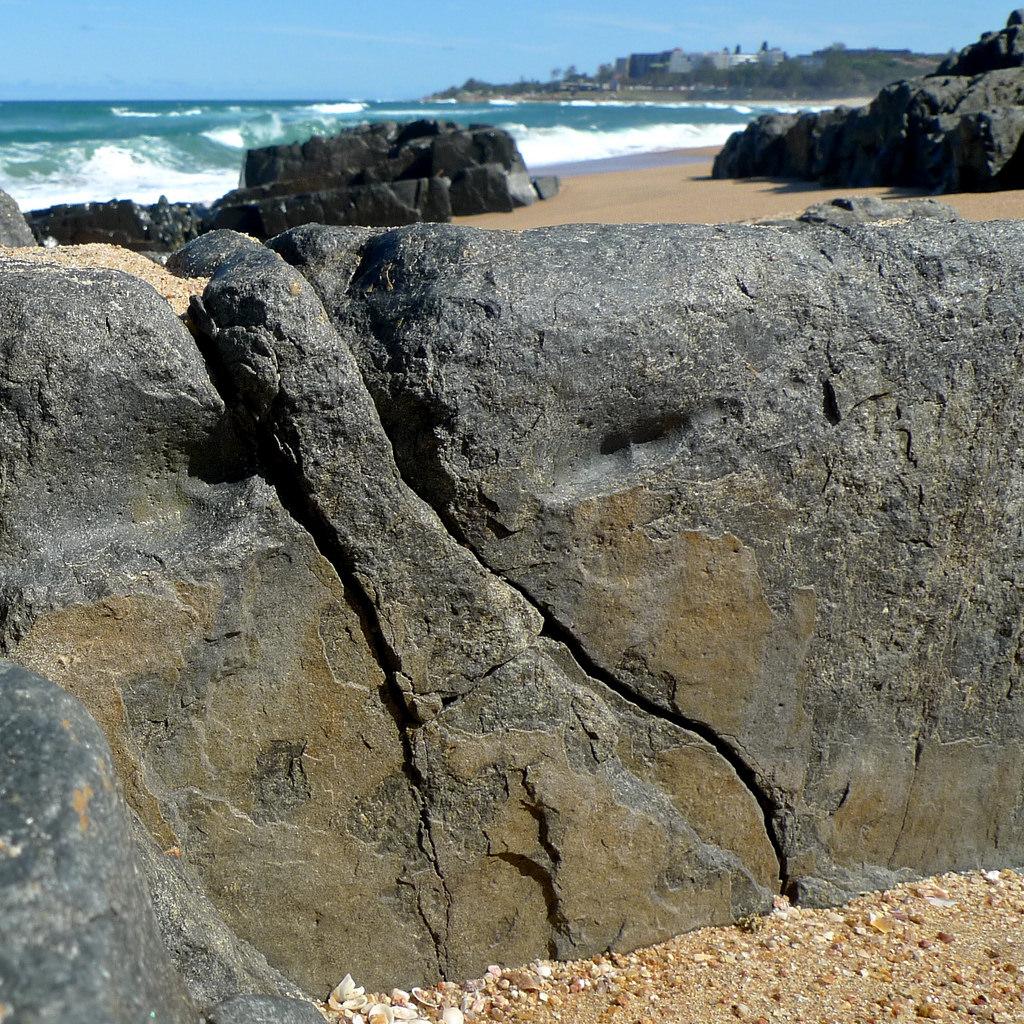

It is an indication that life-forms evolved to survive deep under the sea, without access to either light or oxygen



Scientists have discovered what is possibly the oldest fungi on Earth and that could make them rethink a few things on how early life evolved in this planet.
Birger Rasmussen, a geologist from Curtin University in Australia, accidentally discovered the fungi when examining basalt samples extracted from the Ongeluk Formation in Griquatown West Basin. This region—located about 800 metres (2,625 feet) below South Africa's Northern Cape—is made up of volcanic rock that once flowed as lava under the seafloor.

The research was led by Stefan Bengtson, Department of Palaeobiology and Nordic Center for Earth Evolution, Swedish Museum of Natural History.
Rasmussen discovered traces of microfossils buried in hardened lava formations dating from some 2.4 billion years back. The fossils were collected by drilling into ancient rock.
"I was looking for minerals to date the age of the rock when my attention was drawn to a series of vesicles, and when I increased the magnification of the microscope I was startled to find what appeared to be exquisitely preserved fossilised microbes. It quickly became apparent that cavities within the volcanic rocks were once crawling with life," says Rasmussen in a media interview.
The fossils were almost indistinguishable from those found in similar environments on land. According to the team of researchers, the fossilised microbes hey may have colonised cavities of rock deep beneath the sea floor—an extreme environment far away from sunlight.
Why is this discovery important?
The oldest geological evidence for fungi that we have as of now is 385 million years old, but the fossilised traces of microbes found in the volcanic rock are 2 billion years older.
Although researchers have not yet claimed that their discovery is the evidence of ancient fungi, signs are positive. There is a "clear possibility" that they are the world's oldest fossil fungi as the appearance of tangled filaments resembles other fungal fossil discoveries.
If they are not fungi, they are probably an extinct branch of eukaryotes—cell or organism with a clearly defined nucleus.
The dating of the ancient basalt to 2.4 billion years ago means the organisms existed before the Great Oxygenation Event—introduction of free oxygen into our atmosphere that possibly occurred 2.3 billion years ago. It is an indication that life-forms evolved to survive deep under the sea, without access to either light or oxygen.
This discovery not only suggests that fungi may have evolved under the sea, rather than on land as previously thought, but it also proves that scientists can learn a lot from studying hidden terrain of the ocean floor and the ecosystems underneath it.
The research is published in Nature Ecology & Evolution.
We are a voice to you; you have been a support to us. Together we build journalism that is independent, credible and fearless. You can further help us by making a donation. This will mean a lot for our ability to bring you news, perspectives and analysis from the ground so that we can make change together.
India Environment Portal Resources :

Comments are moderated and will be published only after the site moderator’s approval. Please use a genuine email ID and provide your name. Selected comments may also be used in the ‘Letters’ section of the Down To Earth print edition.